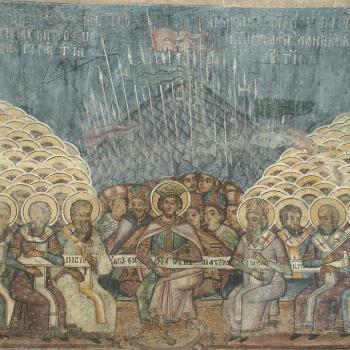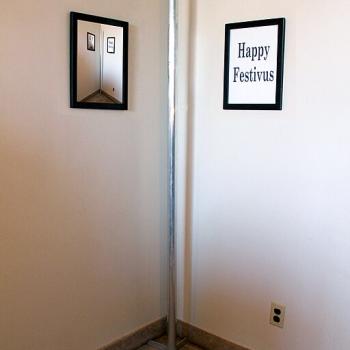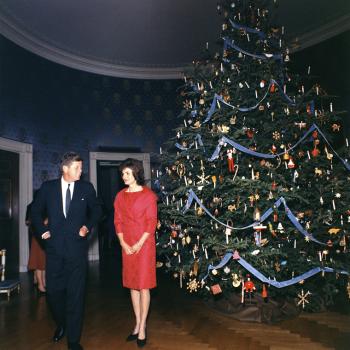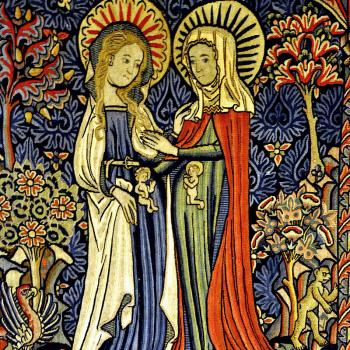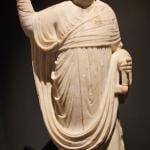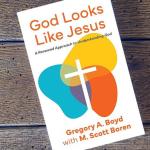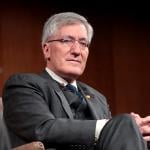Today let me dip into my archives and update a post from 2018. The United Kingdom is going through another surge in COVID cases, but at last check, the service I’m describing is still planned for tomorrow with reduced seating, after it took place in an empty chapel last year.
For several years, I spent the last weeks of December frantically finalizing plans to take two dozen students across the Atlantic, for a three-week tour of London, Paris, Munich, and the Western Front of World War I. I’m happy to have handed off the travel course duties to my colleague Charlie Goldberg, whose medieval history tour of Spain and France starts in a few days. But I do have fond recollections of our WWI trip, which was about memory as much as history. Whether cenotaphs, arches, obelisks, gravestones, eternal flames, crosses, or statues of everything from horses to dragons, those memorials were all moving, arising from human impulses to mourn, remember, and reform.
But the most meaningful of them all is not made of marble or metal. Both more ephemeral and more enduring than any structure, my favorite WWI memorial is a Christian worship service: a festival of nine lessons and carols held every Christmas Eve in the chapel of King’s College, Cambridge.
“An act of worship,” says this year’s program, “both for us present in the Chapel, as well as for the millions joining us by radio around the world,” the broadcast of that service has become the start of Christmas for me. From the crystalline note of a single young chorister starting “Once in royal David’s city” to the majestic closing chorus from Charles Wesley (“Glory to the newborn king!”), the sound of Christmas at King’s is what comes to my mind’s ear whenever I hear Luke’s account of the heavenly host singing to those bewildered shepherds.
Not only do I love the pure sound of the King’s choir, but I never hear the angels’ message of “on earth peace, good will to men” as purely as I do in the midst of a service established just weeks after the end of World War I.
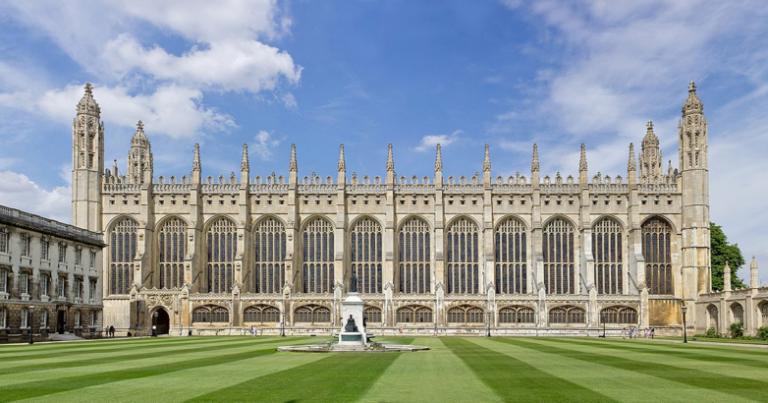
Explaining the appeal of the Anglican tradition in this month’s contribution to the Following Jesus conversation, historian Randall Balmer recalled his first encounter with music and liturgy that “suggested a connectedness to the past, to the ‘communion of the saints'” unlike anything he had grown up hearing in “the cavernous and (yes, I’ll say it) soulless spaces all too typical of evangelicalism.” While the service typically includes carols and anthems from the Victorian Era, Reformation, Middle Ages, and even earlier, the Festival of Nine Carols and Lessons connects us to a more recent past.
It was established in December 1918 by the college’s new dean: Eric Milner-White, a thirty-four year old former army chaplain who had already transformed a side chapel at King’s into a memorial to the fallen. Most of the service derived from a late 19th century liturgy and the final order (including the famous opening hymn) was settled in 1919, but the opening prayer is Milner-White’s original. Here’s the final petition:
Lastly, let us remember before God all those who rejoice with us, but upon another shore and in a greater light, that multitude which no man can number, whose hope was in the Word made flesh, and with whom, in this Lord Jesus, we for evermore are one.
“Many of those who took part in the first service,” suggested the 100th anniversary program, “must have recalled those killed in the Great War” when Milner-White prayed those words on December 24, 1918. The same petition has been offered for over a hundred years now — even during a second World War, when the participants sat shivering in a medieval chapel whose stained glass had been removed, lest the Luftwaffe shatter it.
(The aim of such liturgies, wrote Milner-White later, “is not to evoke the interest of the passer-by, but to achieve a common prayer before God of which the worshipping Church cannot tire.”)
The WWI connections are more subtle here in the 21st century, but remain important. In 2018, a profile in The Telegraph photographed two of the boy choristers in front of King’s 1914-18 roll of honour. If memory serves, the televised version of the 2014 service included part of a letter from a British soldier who had taken part in the Christmas Truce a century before. This year, as in 2020, the opening prayer’s petition for “the sick in body and in mind and them that mourn; the isolated” will surely bring to mind those afflicted by pandemic, as did those same words in 1918, when the war had ended but influenza spread in part by troop movements continued to ravage the British population.
Finally, there’s “Silent Night.” This year the choir will sing that carol in English, but for the 100th anniversary, worshippers heard “Stille Nacht” in its original language, to echo the German soldiers whose singing had started the spontaneous ceasefire on December 24, 1914. So as we prepare again to celebrate Jesus’ coming to an earth where peace remains fleeting and flawed, let me wish you a merry Christmas in the words of that carol: Schlaf in himmlischer Ruh’. May you sleep in heavenly peace.



